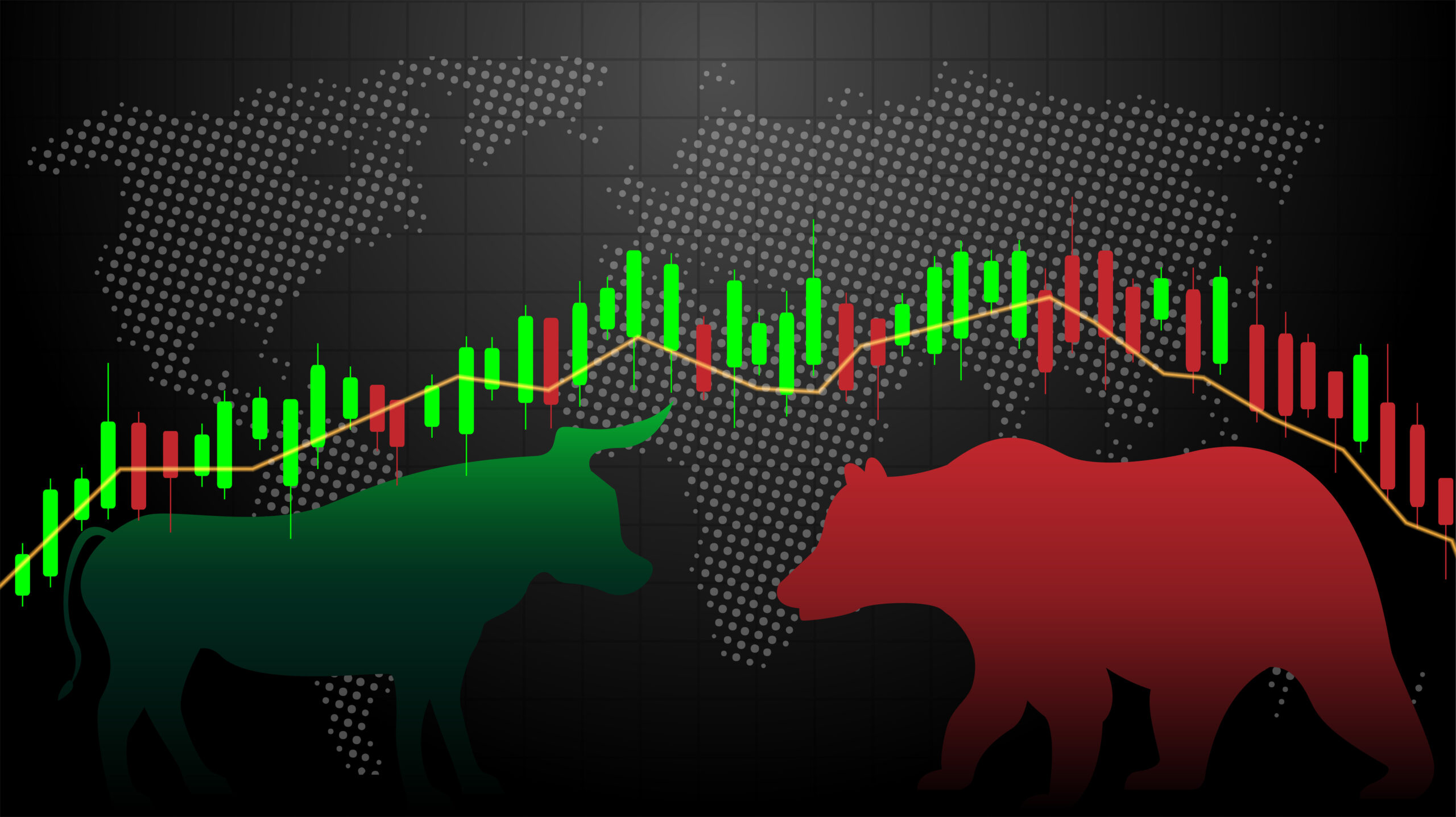
Exploring the Most Powerful Trading Indicators and Their Significance
Introduction Trading in financial markets is a complex endeavor that requires a deep understanding of various factors influencing asset prices. Traders rely on a wide range of tools and techniques to make informed decisions, and trading indicators are among the most essential tools in their arsenal. In this comprehensive article, we will explore some of the most powerful trading indicators and examine why they are considered crucial for successful trading strategies. These indicators provide traders with valuable insights into market trends, momentum, volatility, and potential entry and exit points. Understanding their significance can empower traders to make more accurate and profitable trading decisions. Moving averages are one of the foundational trading indicators used by traders of all experience levels. They provide a smoothed representation of price data over a specified period, making it easier to identify trends and filter out short-term noise. Moving averages come in various forms, including simple moving averages (SMA) and exponential moving averages (EMA). Here’s why moving averages are considered powerful: The Relative Strength Index (RSI) is a momentum oscillator that measures the speed and change of price movements. It is particularly valuable for identifying overbought and oversold conditions in the market. Here’s why RSI is a powerful trading indicator: The Moving Average Convergence Divergence (MACD) is a versatile trading indicator that combines aspects of trend analysis and momentum. It consists of two lines: the MACD line (the difference between two EMAs) and the signal line (a smoothed version of the MACD line). Here’s why MACD is considered powerful: Bollinger Bands are a volatility-based trading indicator developed by John Bollinger. They consist of three lines: the middle band (a simple moving average), the upper band (the middle band plus two times the standard deviation of prices), and the lower band (the middle band minus two times the standard deviation). Here’s why Bollinger Bands are powerful: Fibonacci retracement levels are based on the Fibonacci sequence and are used to identify potential support and resistance levels in the market. Traders use these levels to gauge potential price reversals or continuation of trends. Here’s why Fibonacci retracement is a powerful trading indicator: The Stochastic Oscillator is a momentum indicator that compares the closing price of an asset to its price range over a specified period. It consists of two lines: the %K line (fast) and the %D line (slow). The Stochastic Oscillator is valuable for identifying potential trend reversals and overbought/oversold conditions. Here’s why it is considered powerful: While not a traditional technical indicator, trading volume is a critical component of technical analysis. It represents the number of shares or contracts traded during a specific time period. Analyzing volume provides valuable insights into the strength and validity of price movements. Here’s why volume is a powerful tool: Conclusion Trading indicators play a pivotal role in the decision-making process of traders and investors. While there are numerous trading indicators available, each serving specific purposes, the ones discussed in this article are among the most powerful and widely used. These indicators empower traders by providing insights into market trends, momentum, volatility, and potential entry and exit points. It’s important to note that no single indicator is infallible, and successful trading often involves combining multiple indicators and tools to form a comprehensive trading strategy. Additionally, understanding the underlying principles and limitations of each indicator is crucial for effective utilization. Ultimately, the power of trading indicators lies in their ability to provide traders with a systematic and data-driven approach to decision-making, helping them navigate the complex and ever-changing landscape of financial markets. By incorporating these powerful indicators into their trading toolkit, traders can enhance their ability to make informed and profitable trading decisions.



